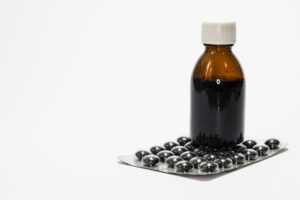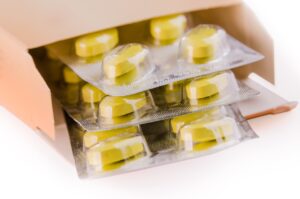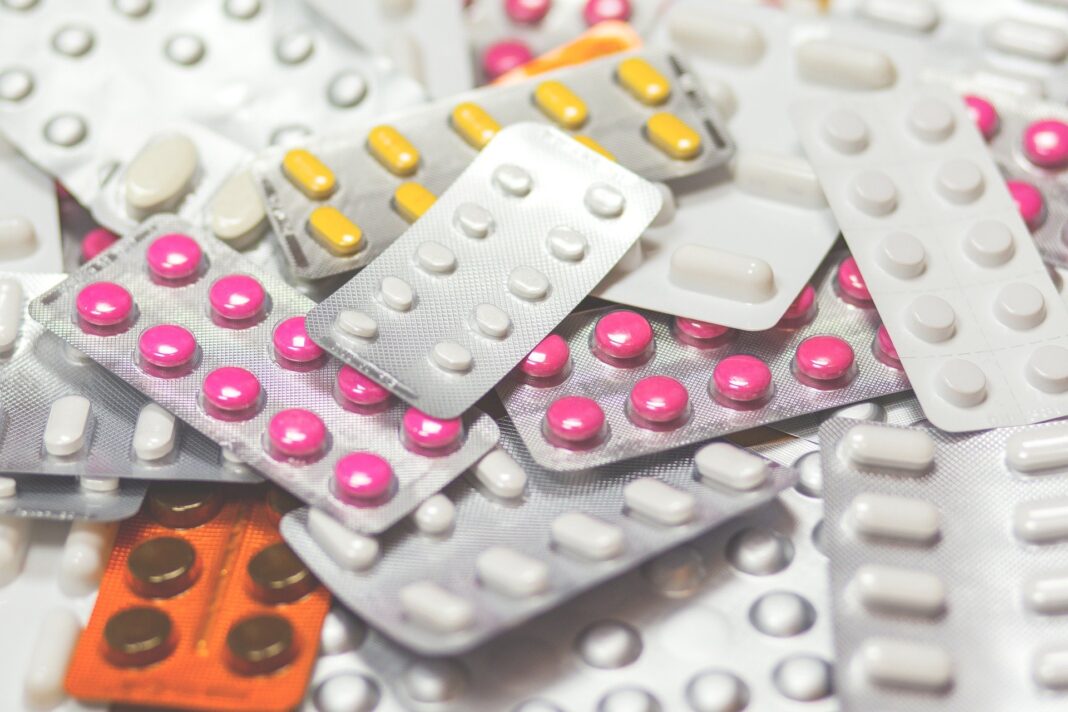Die cutting is a method of creating a finished product from a series of dies. It is also used in manufacturing products for the food and beverage industry, such as candy and soft drinks. In the medical field, die cutting is the process of making a product look like a real medical specimen. It is often used in medical products to create a more realistic and lifelike appearance. Die cut products can help reassure patients that they receive the correct product and that their health is being protected. It also allows for greater accuracy when manufacturing products, leading to lower costs and better quality. This article discusses how die cutting is used in medical products.
Used in products made by pharmaceutical companies 
Die cutting is used in this industry because it helps reduce labor costs while still producing accurate and consistent results every time. Pharmaceutical companies use die cutting manufacturing to manufacture various forms of medicines, including tablets, capsules, liquids, suspensions, creams, patches, syrups, and pills. Most medicines require these products to be packaged into individual units or containers before use. Since each medicine will have different packaging requirements, pharmaceutical manufacturers must create many different sizes and shapes of packages.
Some medications may require round containers with specific amounts of fluid, whereas other drugs may need cylindrical-shaped cans that contain small quantities of liquid. Once the size, shape, and amount of medication required for each new prescription are determined, the company needs to find a reliable means of packaging them efficiently.
This could take days because the processes involved with packaging medications can be lengthy and error-prone with current methods. However, through automation, pharmaceutical companies can make the packaging process quicker and increase efficiency. Using automated machines, workers can perform repetitive tasks to package all types of medicines faster than ever before.
Used to manufacture eye drops, ointments, and gels 
Eye drop applications involve the application of eye drops to treat dry eyes. Ointment applications involve applying an ointment directly around the nose or mucosal membranes to prevent pain or irritation caused by colds, rashes, bleeding sores, or burns and anti-inflammatory or topical analgesic properties. Gels are spread under fingernails to promote healing, eliminate wrinkles and maintain nails. These three types of medical products are produced with different materials but similar end-uses. Eye drops are usually clear solutions suspended in an oily base.
Creams and ointments are creamy substances typically applied to skin surfaces. Gels are semi-solid viscosities usually thickened with water-soluble polymers or hydrocolloids and dispersed in organic solvents such as petroleum derivatives and vegetable oils. It provides many benefits for customers, manufacturers, and suppliers when manufacturing eye drops, ointment, or gel products. For example, die cutting saves money because the process does not require costly packaging machinery.
Companies can save time and energy and increase productivity since they do not have to hire large staff for manual packaging. Moreover, manufacturers can produce high volumes at low cost without compromising quality by using this technology. The ability to accurately cut materials into shapes with uniform tolerances also produces more predictable results improving accuracy and consistency. And finally, when the same product has different dosage requirements, it reduces waste and thus improves profitability.
Used by pharmaceutical companies to package pills, capsules, and powders 
Pills, capsules, and powders come in different shapes and sizes depending upon their intended function and contents. Capsules, spherical balls in hard plastic shells, are filled with pharmaceuticals that need protection and storage during shipping. On the other hand, pills are normally found in soft gelatin capsules.
Powdered drug delivery systems (DDS) consist of tiny particles of active ingredients that dissolve rapidly when placed inside the body and delivered through injection. Tablets are square blocks made from powder that eventually become moist.
These products require packaging either before shipment or after sale. Pharmaceutical companies often use this technology to help save time and increase output by creating a variety of pill and capsule configurations quickly and cleanly. They accomplish this by automating equipment that applies stickers, labels, and caps or inserts to the empty container.
This eliminates the need to label and cap manually, which takes considerable time and causes errors because it requires people who lack proper training. Die cutting manufacturing cuts away material that would otherwise be wasted during labeling, allowing for greater efficiencies in the overall production cycle. Companies can easily change the shape of a product even after the initial run by just changing dies.
Used to create labels for medical devices
When designing labels for medical devices or drugs, one must ensure that there are no sharp edges along the edge of the device to avoid injuries. Labeling also helps patients comply with treatment instructions by helping them read the directions. Designing labels for medical devices involves several steps:
- The device’s dimensions must be accurately measured to create a template.
- The template should be transferred onto film with a computer-operated plotter press.
- The film should be etched or imprinted with the appropriate design.
This technology meets all of these needs. Since many medical devices are relatively small, labeling them by hand is extremely time-consuming, and the margins are too narrow to afford great designs. With today’s die cutting technology, customers save thousands of dollars over what they would pay if they had to manufacture their labels on machines with much smaller print runs. They also enjoy higher resolution printouts that are easier to read and less likely to be damaged than those produced by traditional methods.
In conclusion this technology has been incorporated into a wide range of applications. The versatility of the process allows manufacturers to produce high-quality goods with far more efficiency than ever before. It does not matter whether you are interested in producing bottles or labels for your company or you want to make life and death decisions about how the medication will ultimately be applied to a patient; die cutting manufacturing can enhance your ability to do so.










![Goldco Reviews: Is Goldco The Best Gold IRA Rollover Company [Updated April 2023] Goldco Reviews](https://www.tidewaternews.com/wp-content/uploads/2022/10/Goldco-Reviews-100x70.png)

